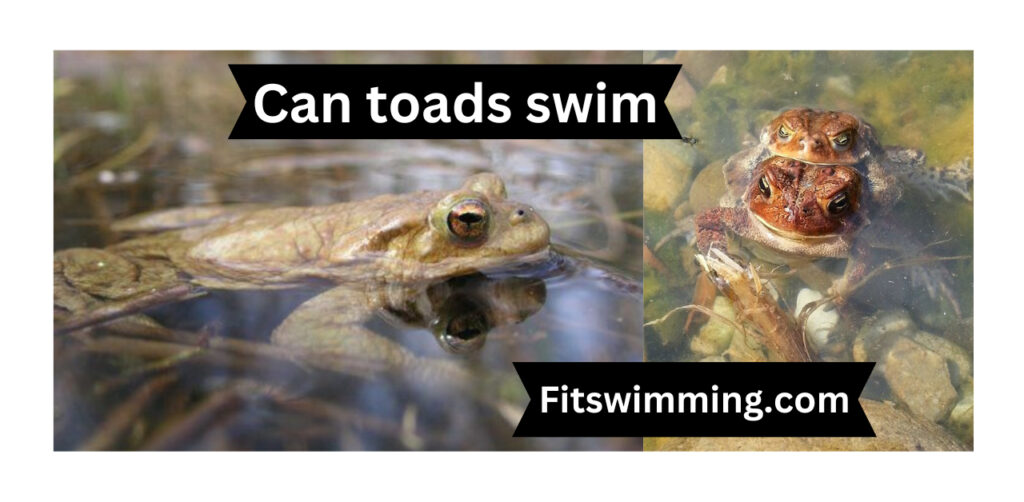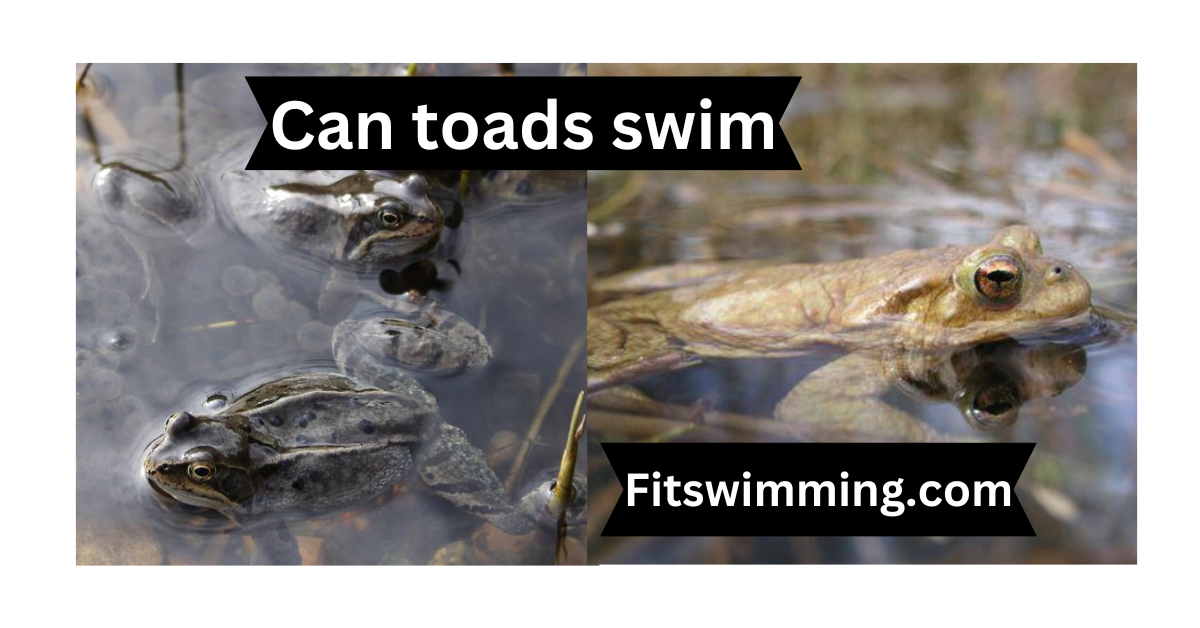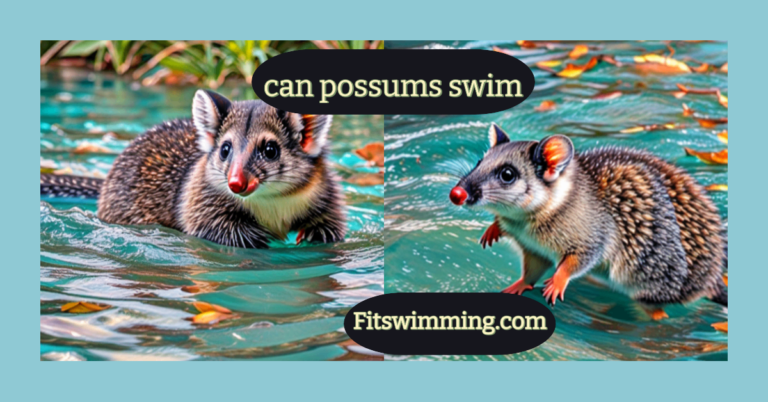Can Toads Swim? Can Toads Drown? Aquatic Abilities
Toads are cool creatures you can often spot in gardens, by ponds, or in wet spots. They look different from frogs with their bumpy skin and warty looks. But here’s something neat to know: Can toads swim or Do Toads Swim? Let’s find out and explore the watery side of these interesting toads!
Can Toads Swim
Yes, toads can swim! Toads might not swim very fast, but they can move in the water because they have webbed feet that work like paddles to push them along. They go for a swim to find food, escape from danger, and explore new places. So, if you ever see a toad in or near the water, don’t be surprised; they’re pretty good at swimming, despite their bumpy, warty appearance. Let’s discuss its characteristics and its movement on land as well as its swimming abilities.
Toad Characteristics
Before we answer the swimming question, it’s essential to understand a bit about toads. Toads are special animals called amphibians, and this means they can live both on land and in the water. They are known for their terrestrial nature, preferring life on dry land, but they can also adapt to watery environments.
Toad Movement on Land
On land, toads move by hopping. Their strong hind legs allow them to make remarkable leaps. They’re not built for running or crawling, but their hopping abilities are impressive. This is their primary mode of movement when they’re not in the water.
Anatomy and Swimming Ability
Now, here comes the interesting part – can toads swim? Absolutely! Toads have something special that lets them swim. Their webbed feet are like their little helpers in the water. These webbed toes act like paddles, allowing toads to glide gracefully in aquatic environments.

Why Do Toads Swim?
Toads take to the water for various reasons. One key reason is foraging. Toads search for insects, small invertebrates, and other food sources near the water’s edge. Additionally, swimming helps toads escape from predators and explore different habitats.
Adaptation to Water
Toads also have a fantastic ability to absorb oxygen through their skin. This adaptation is especially handy when they’re submerged. They can remain submerged for extended periods, thanks to this unique feature.
Toad Swimming vs. Frog Swimming
While both toads and frogs can swim, they have different swimming styles. Frogs are generally better swimmers and spend more time in the water compared to toads. Frogs have streamlined bodies and powerful leg muscles, making them more agile in the water.
Do Toads Like Water
Yes, toads like water. They can be found near water sources like ponds, and they are good swimmers. Toads use water to find food, stay cool, and sometimes even for protection. So, you can say they do like water!
Can Toads Drown
Yes, toads can have trouble if they stay underwater for a really long time. While they are good swimmers and can handle being in the water, they still need to come up for air because they breathe through their skin. If they can’t come up to get air, they might drown. So, it’s essential for them to be able to reach the air when they’re in the water.
Can Toads Swim Underwater
Toads can swim underwater, but they usually come up to the surface to breathe. They have webbed feet that help them move in the water, and they can be quite skilled swimmers, but they must come up for air because they breathe through their skin. So, while they can swim underwater, they need to resurface to get the oxygen they need.
How Long Can Toads Stay Underwater
Toads can be underwater for a little while, but they need to come up for air. The exact duration they can remain submerged varies depending on factors like their size, age, and the temperature of the water. Generally, they can stay submerged for several minutes to a couple of hours.
If they stay underwater for too long without coming up for air, they may run out of oxygen and can drown. So, they need to regularly surface to breathe. If you’re interested in how other creatures, like lizards, handle their time in the water, you can check out this article on Lizard Swimming for more information.
Can Toads Swim in Pools
Yes, toads can swim in pools. If a toad finds itself in a pool, it might start swimming to stay afloat or to reach the pool’s edge. However, it’s important to note that toads can sometimes have difficulty getting out of pools on their own, especially if the pool has steep sides. If you want to help a toad that’s in your pool, you can gently scoop it out and place it in a safer location.
Conclusion: Can Toads Swim? Can Toads Drown? Aquatic Abilities of Toads
In simple terms, yes, toads can swim. They may not be Olympic swimmers, but they can gracefully navigate in aquatic environments, using their webbed feet to paddle through the water. This is very important for their life, and it helps them do well in many different places.
So, the next time you spot a toad near water, you’ll know that they are perfectly at home in the water as well as on land. Toads are remarkable creatures, showing us once again how incredible the animal kingdom can be.
FAQ’s
Yes, you can put a toad in the water. Toads are fine with being in the water because they’re good swimmers. They often go in the water to find food or cool down. Just make sure the water is clean and doesn’t have any chemicals.
Toads swim by moving their legs in the water. They’ve got webbed feet that work like paddles, helping them move in the water. It’s kind of like how you use your arms and legs to swim, but toads use their webbed feet. They can go in the water and paddle around to find food or get to different places.
No, toads can’t breathe underwater. They need to come up to the surface to breathe air, just like we do. Toads have special skin that can absorb oxygen from the air, but they can’t get enough oxygen from the water to breathe for a long time. So, they need to go up to the surface to breathe often when they’re in the water.
Toads don’t really like to be touched by humans. They have sensitive skin, and when we touch them, it can be a bit uncomfortable or even hurt them. So, it’s best to admire toads from a distance and avoid touching them to keep them safe and comfortable.







